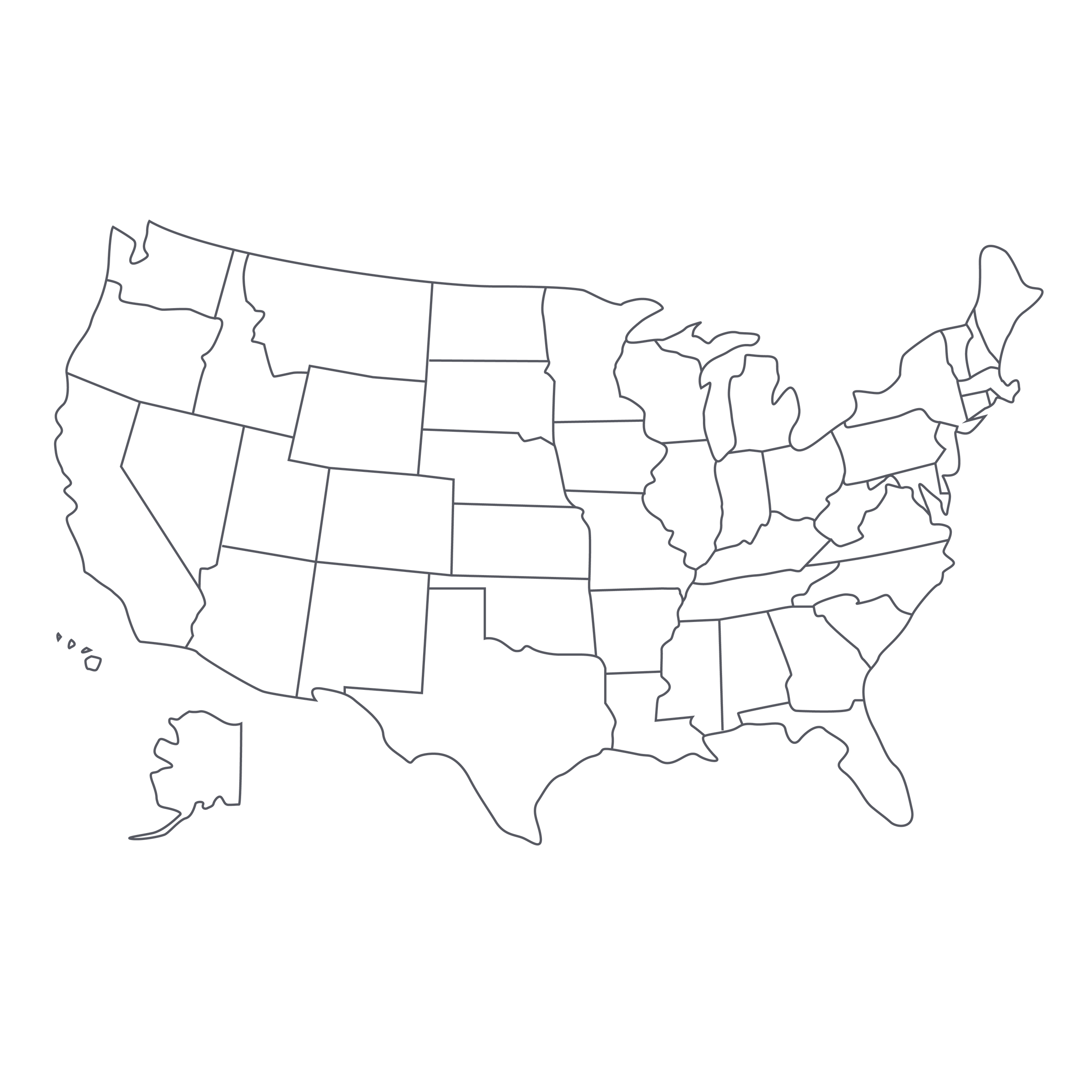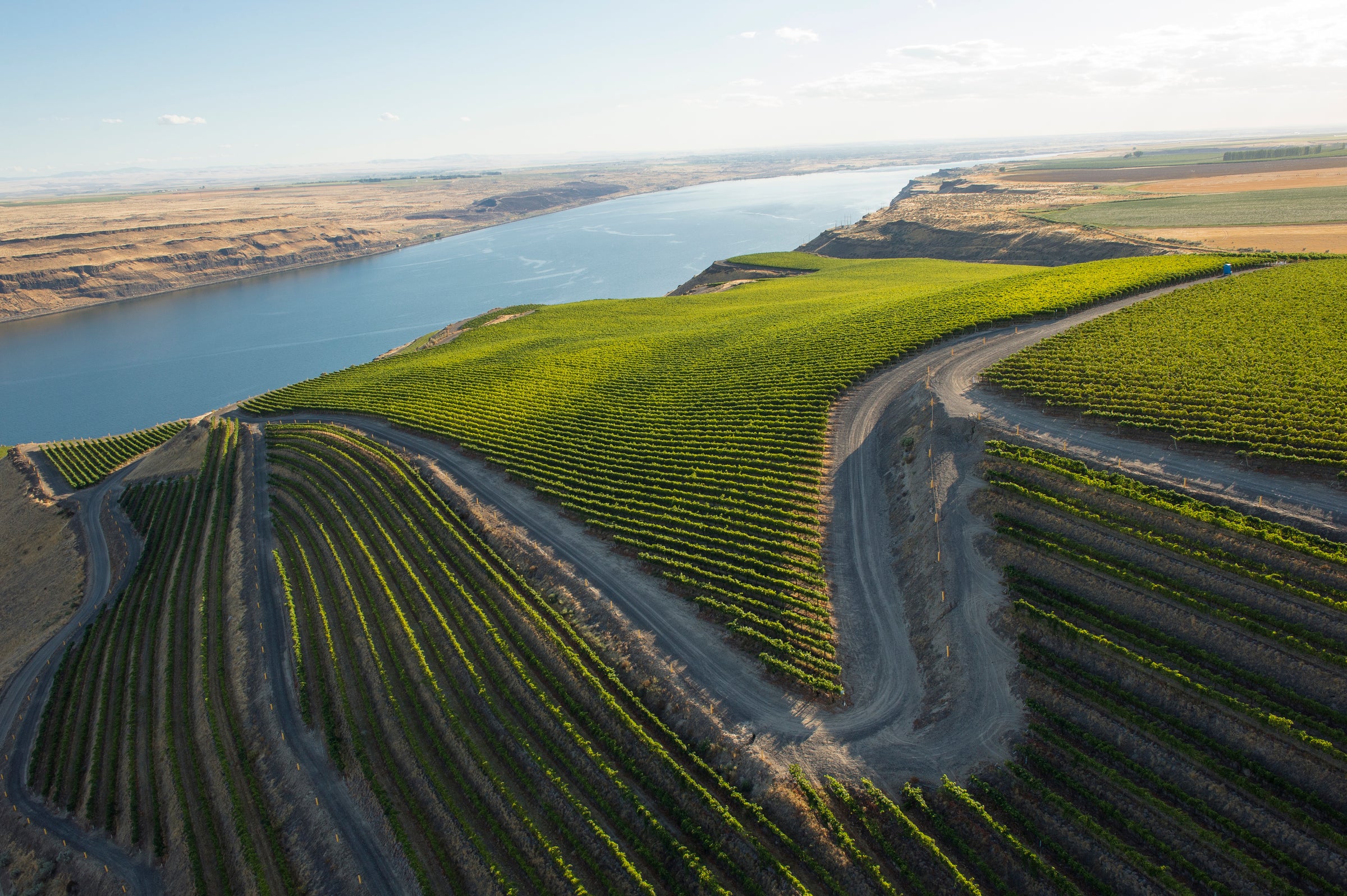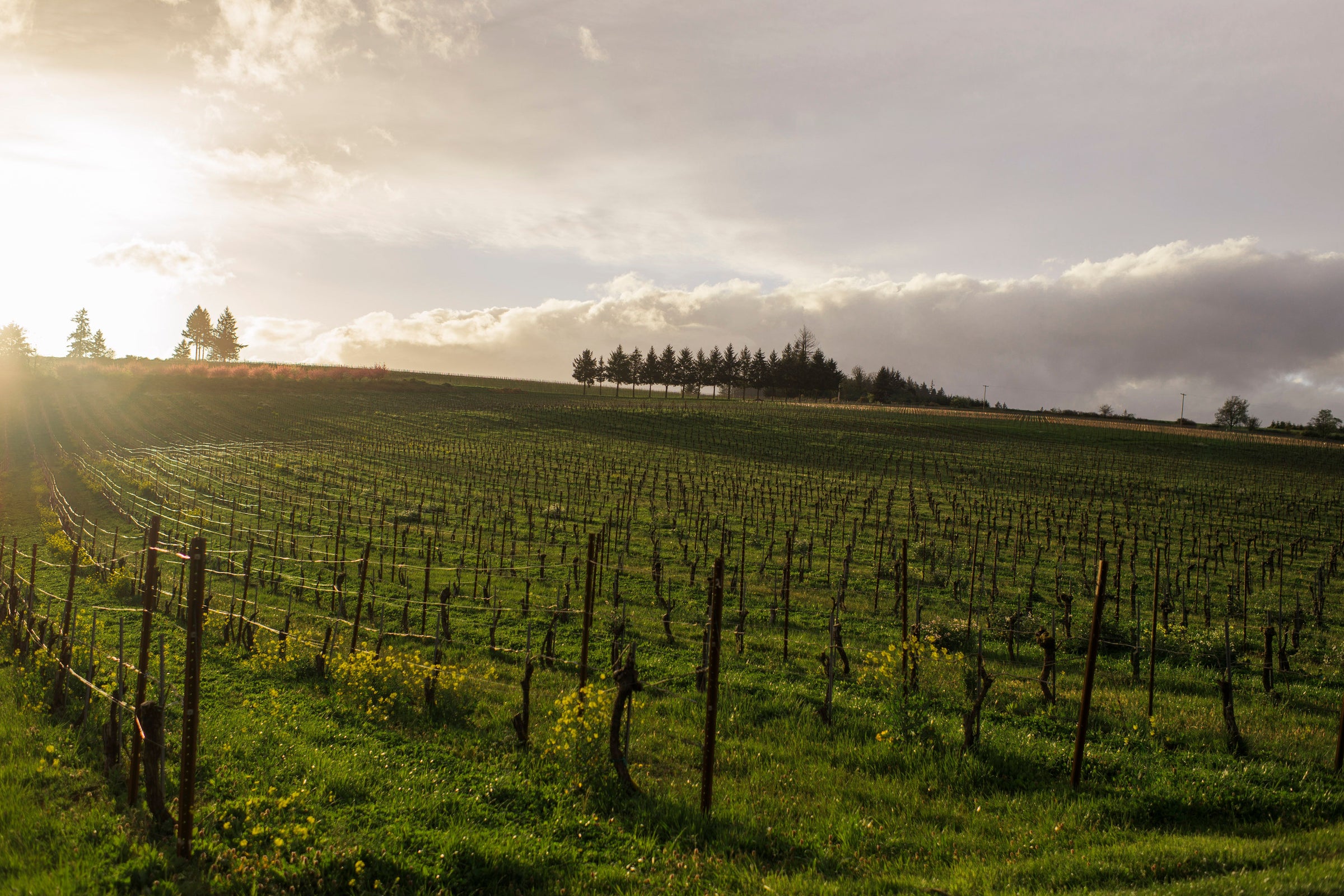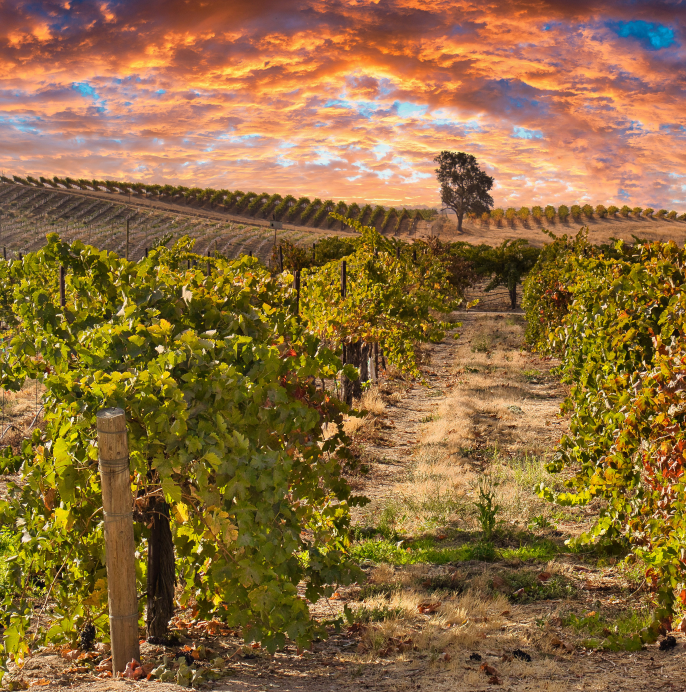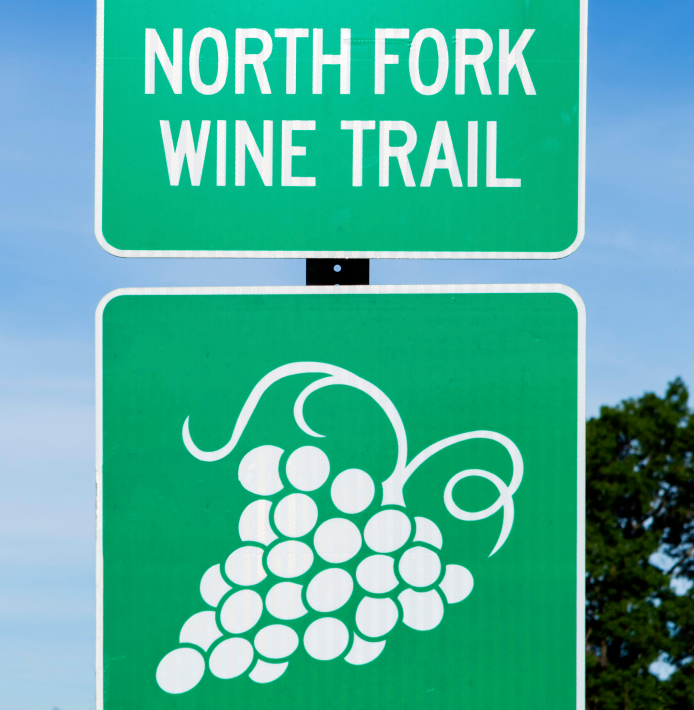For years, we've been spellbound by Steve Ventrello’s mastery of elegant, impossibly complex Cabernet Sauvignon, and have kept our ears firmly glued to the ground listening for whispers of his next micro-scale, extra-long-aged release. That extreme commitment has resulted in us offering and selling out of his 2006, 2007, and 2010—but for all the success and excitement each of those perfect bottlings brought, it appears we’ve overlooked the genuine article all along. Today’s Tempranillo from Napa Valley’s legendary, top-dollar Stagecoach Vineyard—a high-elevation site of global renown—is Ventrello’s ultimate passion project, as he traversed literal continents to make this rarefied gem a reality.
Not only is Tempranillo a legitimate scarcity with just ~2.5 planted acres in Stagecoach, but the original vine cuttings here also come from the well-documented “Master of Tempranillo”: Alejandro Fernández in Ribera del Duero. In 1998, Steve snipped these cuttings himself (with the approval of Alejandro), stuffed them in an unlabeled package, air-mailed them to California, and began propagating them in a tiny parcel of the “Stagecoach Vineyard” high up on Atlas Peak. Since that time, the vines have matured to make wines of sublime power and extraordinary typicity, and what little he produces is the purest, most honest take of domestic Tempranillo that I’ve had in my long career. It’s also a bonafide homage and a formidable competitor to the all-time great bottlings of Ribera and Rioja. Only 11 barrels were originally produced and a few dozen cases remain. Enjoy this seven-year-old rarity!
Having sold the great wines of the world over a long career as a merchant, Ventrello crafts Parador with European sensibility, and today’s oozes authentic Spanish flair despite coming entirely from one of the Napa Valley’s most illustrious sites. Ranging in elevation from 1,100-1,750 feet, the massive Stagecoach Vineyard sprawls out over 600 acres, divided between 204 unique blocks and a colorful mosaic of grape varieties. Still, premium, highly sought after Cabernet Sauvignon dominates the majority of this high-altitude Shangri-La.
Steve being the impassioned, trailblazing wine mind that he is, had a different idea in 1998. He recognized the complete dearth of Tempranillo in the Napa Valley and wanted to give it a resonating voice here because the climate and soils seemed to be a perfect match. So, he jumped on a plane to Ribera del Duero and visited Alejandro Fernández of Bodega Pesquera fame. Steve returned to California with a number of budwood cuttings from Alejandro’s estate and with permission from Stagecoach’s owner, Dr. Jan Krupp, began propagating his cuttings and dreams on a small one-acre parcel perched 1500 feet up the mountain.
In the early years, Steve blended his young Tempranillo together with high elevation Cabernet from the “Hossfeld Vineyard” to create a gorgeous, wildly perfumed red blend. But as these vines began evolving, they started producing crops with incredible concentration and flavor, which resulted in a single-varietal Tempranillo bottling. Sadly, his special “Spanish” block did not survive the 2017 fires, but it has since been replanted and according to Steve “will be back online this year.”
Today’s 2013 matured for 23 months in neutral French barrels and has been aging in its original resting place (unaffected by the fires) since it was bottled in August of 2015. All this wine needs is a Bordeaux stem, a 30-minute decant, and several wine lovers who are partial to Rioja, Ribera, old-school Napa—really, anyone who gravitates towards expertly crafted, long-aged, supremely integrated red wine. It reveals a dark, dusty ruby moving out to brick orange hues and unravels with breathtaking aromatic force: ripe black plum, currant, cedar, sandalwood, rose petal and violets, black raspberry, dried earth, various baking spices, crushed rocks, and wild shrubbery. It unfolds with dense, delicious, dark-fruited layers on the palate that are supercharged with impressive finesse and freshness. Savor slowly and I guarantee it will dominate your conversation for hours—especially when you recall that this esoteric masterpiece only cost you $39! Enjoy now and over the next 5-7 years.


